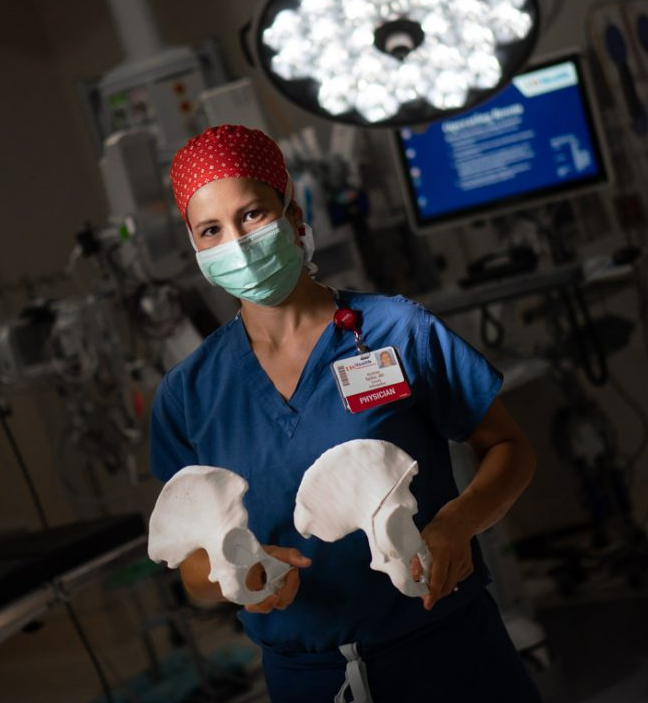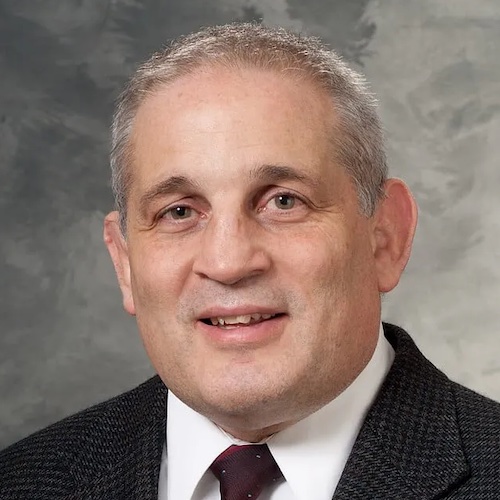
About our Program

Hip preservation aims to slow the damage caused by osteoarthritis and delay the need for a total hip joint replacement.
The hip joint allows your leg to move through a wide range of motions. The joint is a cup-shaped socket and a ball at the top of your thigh bone. The cartilage lining the socket cushions the bones and allows smooth leg movement, while the labrum sits around the acetabulum to provide a suction seal to the hip.
When the cartilage that lines the socket and ball begins to wear down, osteoarthritis occurs, a condition that often leads to hip pain and limited motion. Patients with a torn labrum can experience pain and mechanical symptoms in the hip, most often felt at the groin.
Femoroacetabular Impingement
Hip Dysplasia
Acetabular Labral Tear
Conservative Treatments
Surgical Treatments
Core Hip Preservation Team
Experts in hip arthroscopy for the treatment of common non-arthritic hip conditions such as femoroacetabular impingement (FAI) and labral tears, our team uses the latest arthroscopic tools and techniques.
Andrea Spiker, MD, our program director, is the only orthopedic surgeon in Wisconsin who is fellowship-trained in hip preservation.
UW Health’s hip preservation program is staffed by a team of experts, including orthopedic surgeons, non-operative sports medicine and rehabilitation doctors, physical therapists and athletic trainers.
At UW, hip preservation patients are evaluated by our Primary Care Sports Medicine Team and treated conservatively. Physical therapy is a valuable asset that is utilized to strengthening the hip stabilizers which can often provide pain relief, improve muscle imbalance and muscle control. Medications and injections may also be effective recommended treatments. In the event that conservative treatments fail to resolve hip symptoms, patients are referred to our UW Hip Preservation Team to explore indicated operative treatments.

Andrea Spiker, MD
Assistant Professor

David Goodspeed, MD
Associate Professor

Pamela Lang, MD
Assistant Professor
Primary Care Sports Medicine Team

David T. Bernhardt, MD
Professor (CHS)

M. Alison Brooks, MD, MPH
Professor

Kathleen E. Carr, MD
Associate Professor (CHS)

Erin Hammer, MD
Assistant Professor (CHS)

Andrew M. Watson, MD
Assistant Professor

John Wilson, MD
Associate Professor (CHS)
Treatments to reduce pain, restore hip function, and prevent osteoarthritis
Consider a visit with one of UW Health’s extraordinary hip preservation experts. It might change your life.